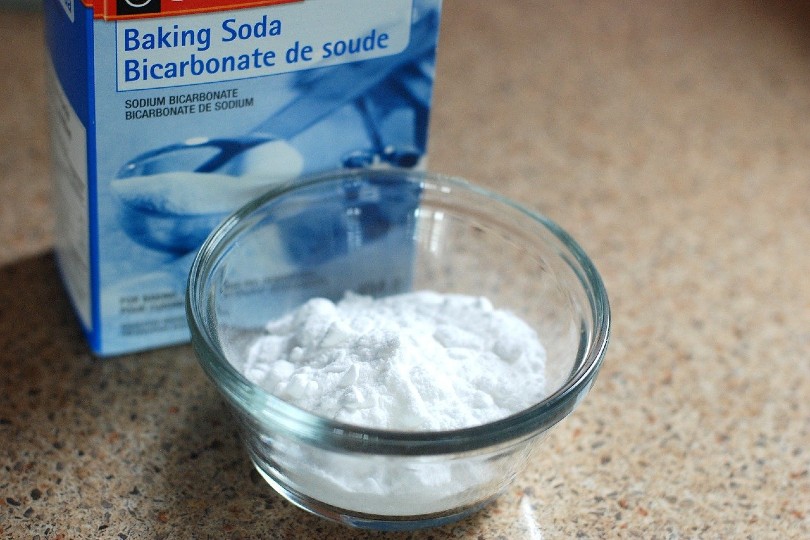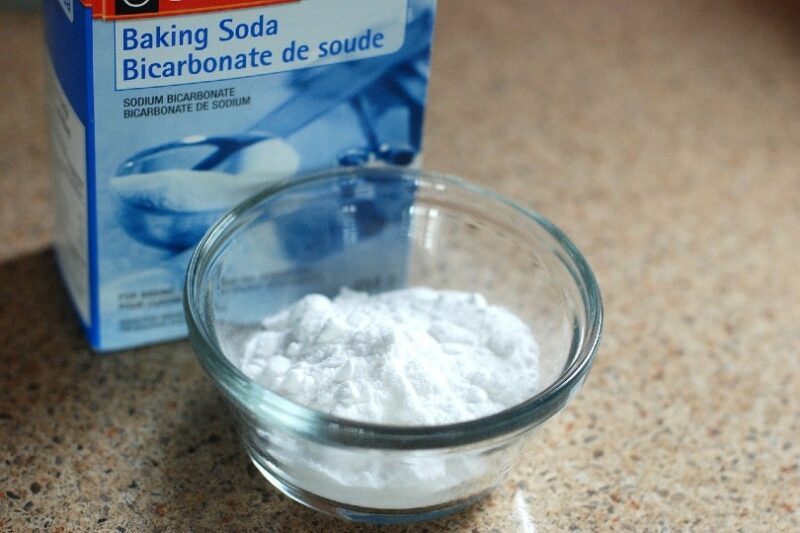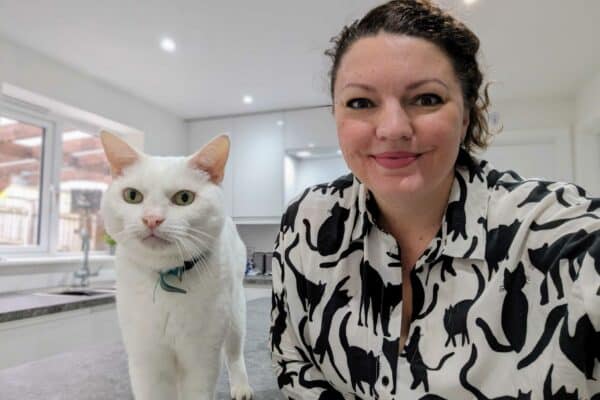Baking soda is an effective and inexpensive home remedy for several problems, and you may have heard that baking soda can kill fleas on cats. The idea is that baking soda creates an environment that the fleas cannot survive in and that it works by drawing out the moisture from their exoskeletons and dehydrating them, ultimately killing them.
However, although safe to use around cats, baking soda has been proven to be ineffective at killing adult fleas or their larva and eggs, and there is little scientific evidence that it actually works. So, no, baking soda does not kill fleas on cats.
Safety & Effectiveness of Baking Soda
Baking soda is generally safe to use around cats, but it should not be used on your cat’s fur since it can be toxic if ingested when grooming. Baking soda isn’t as powerful or effective as other flea treatments. Flea shampoos, sprays, and medications are the most effective products to reduce the number of fleas on your cat’s body and repel future infestations.
What Are the Components of an Effective Flea Control Program?
A comprehensive flea control program consists of four components: prevention, treatment, cleaning, and monitoring.
- Prevention includes using a flea preventive product like a topical treatment or oral medication your veterinarian prescribes.
- Treatment involves using an insecticide to kill adult fleas on your cat and in their environment.
- Cleaning involves frequently vacuuming carpets and furniture, washing your cat’s bedding in hot water, and disposing of vacuum bags.
- Monitoring involves checking your cat for fleas regularly to catch any new infestations early.
What Types of Products Do I Need for a Complete Flea Prevention Program?
For a complete flea prevention program, you should use a flea preventive product such as a topical treatment or oral medication prescribed by your veterinarian. You should also use an insecticide to kill adult fleas on your cat and in your home. Finally, cleaning the carpets and furniture regularly and vacuuming frequently will keep fleas from returning.
You can use baking soda during the cleaning stage to kill fleas on furniture and carpets and freshen them up. Some people find it helps, but that is strictly anecdotal and not scientifically proven.
Most find they still need another product, like an insecticide or topical flea preventative, to kill fleas on their pets and furniture. Talk to your vet before experimenting to see what works best for your pet.
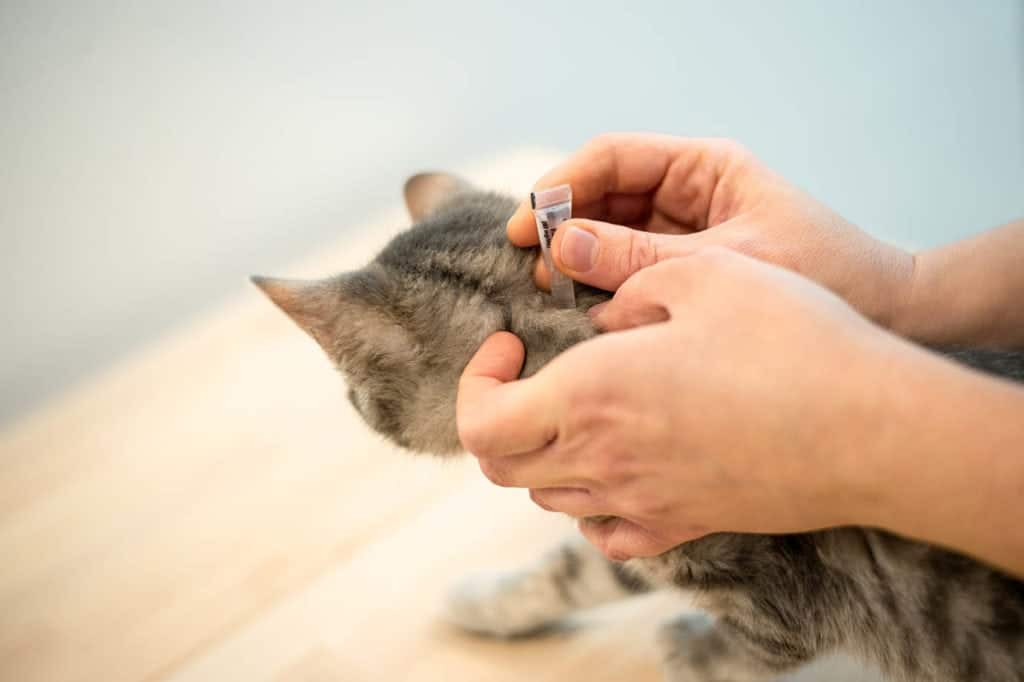
Does Baking Soda Work to Control Fleas in Carpet?
Although baking soda probably won’t be effective at killing fleas on cats, it can be an effective and safe way to control fleas in carpets because it can suffocate them. You can sprinkle baking soda on the carpet and let it sit overnight.
Then, vacuum up the baking soda the next day, along with any dead fleas that have been killed. Repeat this process weekly to help prevent future infestations.
What Should I Do If My Cat Has a Severe Flea Infestation?
If your cat has a severe flea infestation, it is best to seek help from your veterinarian. Your vet can recommend the best course of action for treating your cat’s fleas. This could include using an insecticide or topical flea preventative. Additionally, your veterinarian might recommend additional steps, such as cleaning your carpets and furniture or using a flea spray in hard-to-reach areas.
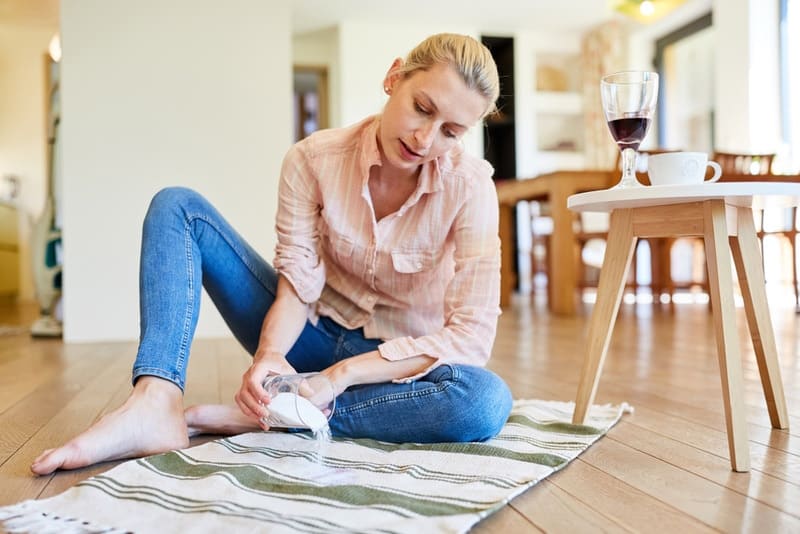

Conclusion
Many pet owners think that baking soda works to kill fleas by drawing out the moisture from their exoskeletons and creating an environment that is inhospitable for them. However, baking soda is neither a safe nor effective home remedy for killing fleas on cats.
While it may not be as powerful as other treatments, baking soda can control fleas on carpets and furniture, but you need a comprehensive flea control program consisting of other methods like shampoos or sprays for effectively treating and preventing fleas on your cat.
Featured Image Credit: NatureFriend, Pixabay

